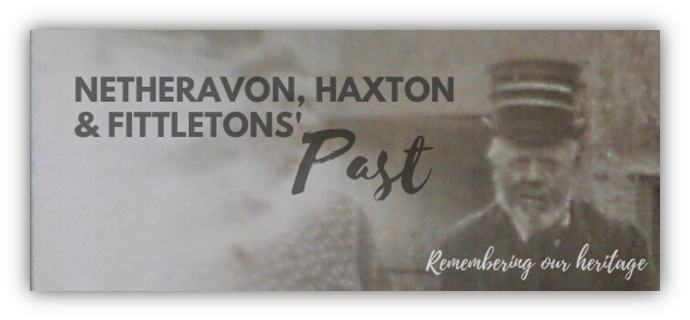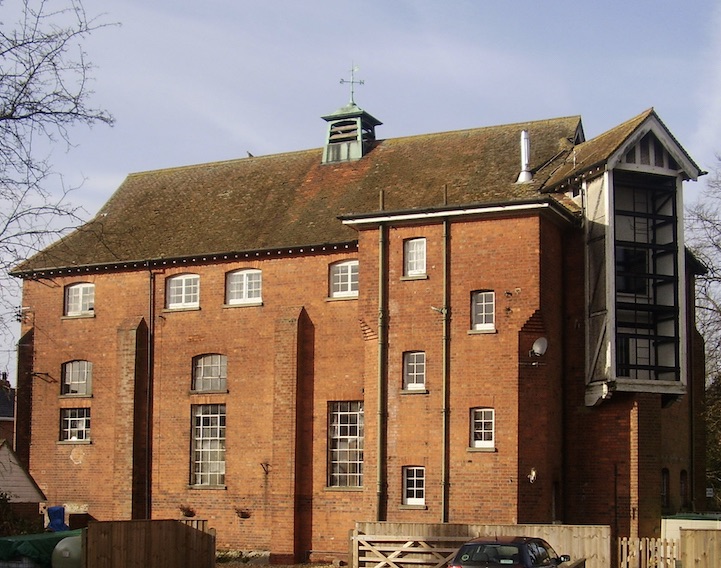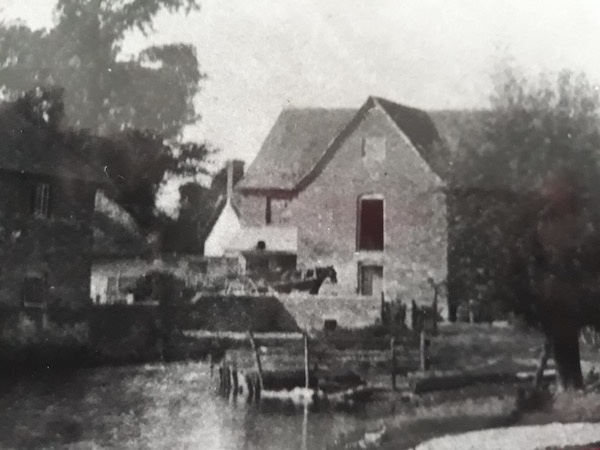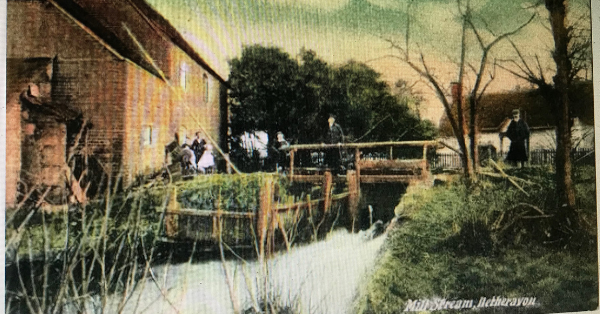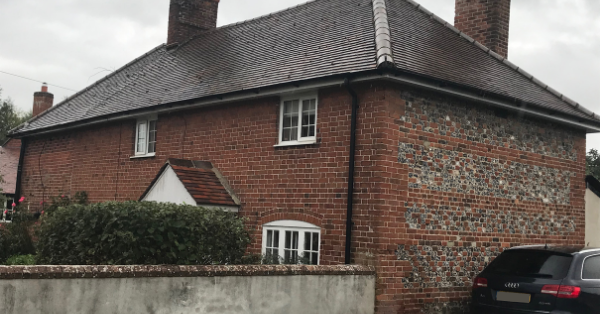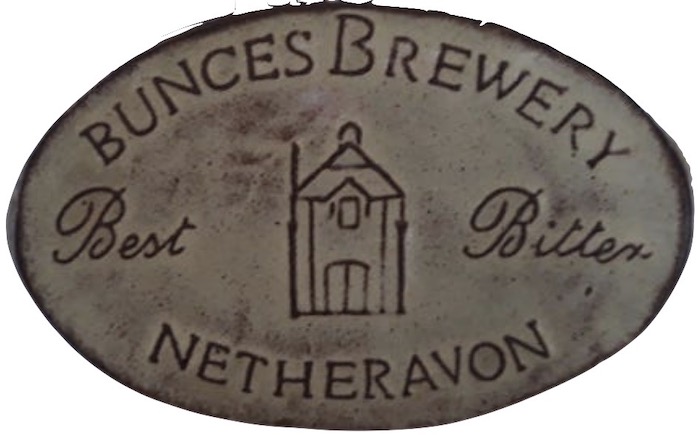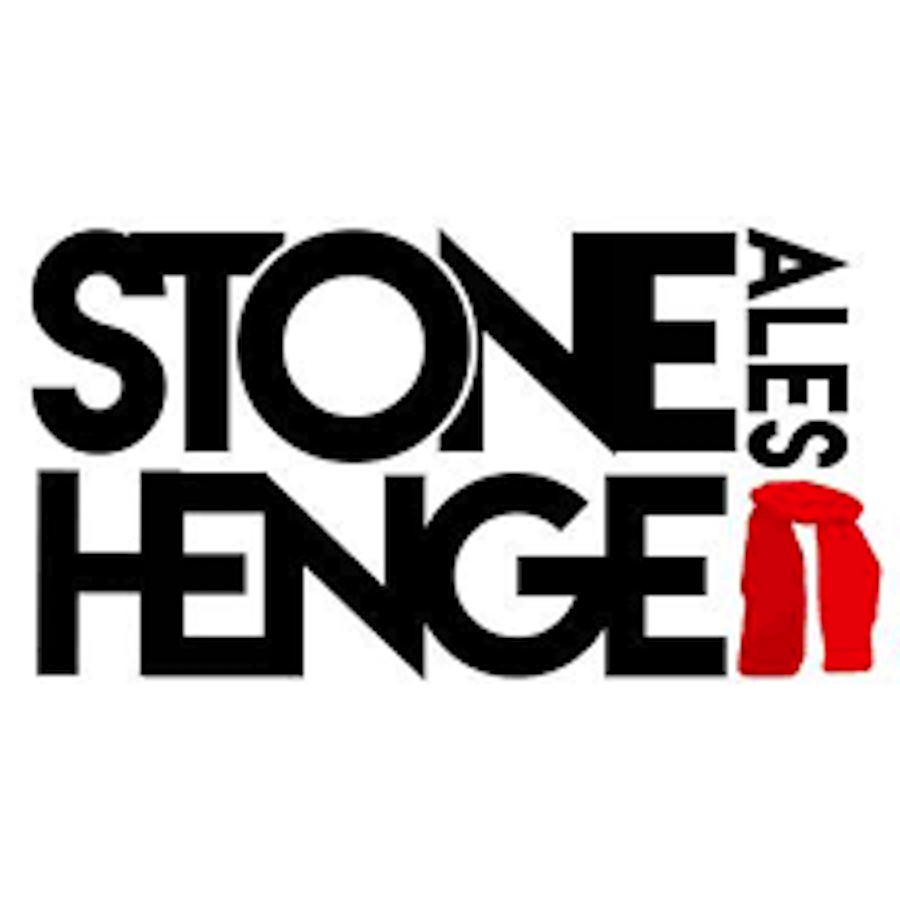History of the Three Mills
In 1086 there were three water mills in Netheravon. Two of them were probably in the same building or nearby, in what is now Mill Road. The third was likely to have been south of the later Choulston bridge.
Mills were essential for grinding corn and a good source of income for their owners.
Without relevant maps it is difficult to know which mill is being referred to in the records. The following is a possible interpretation:
A mill – probably south of the later Choulston bridge was in disrepair by 1265 and could have been a relic of the community which once surrounded the church and Roman villa. The Romans used water mills and may have brought the technology to Britain.
Records indicate that there were two water mills at the present Mill Road site from at least the C16th. By 1185 a mill had been granted to the Templars and leased to a priest. This could relate to one of them.
During the C13th what could have been the second mill was rented by William Trenchefoil and his heirs from the Earl of Winchester. This continued into the C14th when it was sold with a meadow to Willian Hankeford in 1393. Ownership eventually passed in to the hands of the Hicks Beach estate in the later C18th, then to the War Department in 1898. The mills were always tenanted, paying a rent to the owners.
The Bray family were millers during most of the C19th. The 1861 census describes Benjamin Bray (born Collingbourne about 1796) as a “master miller, baker, and farmer of 47 acres”. His family lived in the Mill House. The census returns suggest that nearby were carpenters and edge tool makers workshops. This area then, was the “industrial” heart of Netheravon.
By 1881 Thomas Bray was master miller, aged 55 (also born at Collingbourne). His son Frank was also a miller but had left to become a farm labourer by 1891. The 1891 census mentions two millers but they had both left by 1901. Frederick Sheppard is mentioned in the 1901 census as a miller and baker and probably lived at 90 Mill Road.
It was said that the mill was never very efficient as it had a horizontal wheel. This could be related to the flat surroundings and it would be interesting to know how common this type of mill was in the Avon Valley.
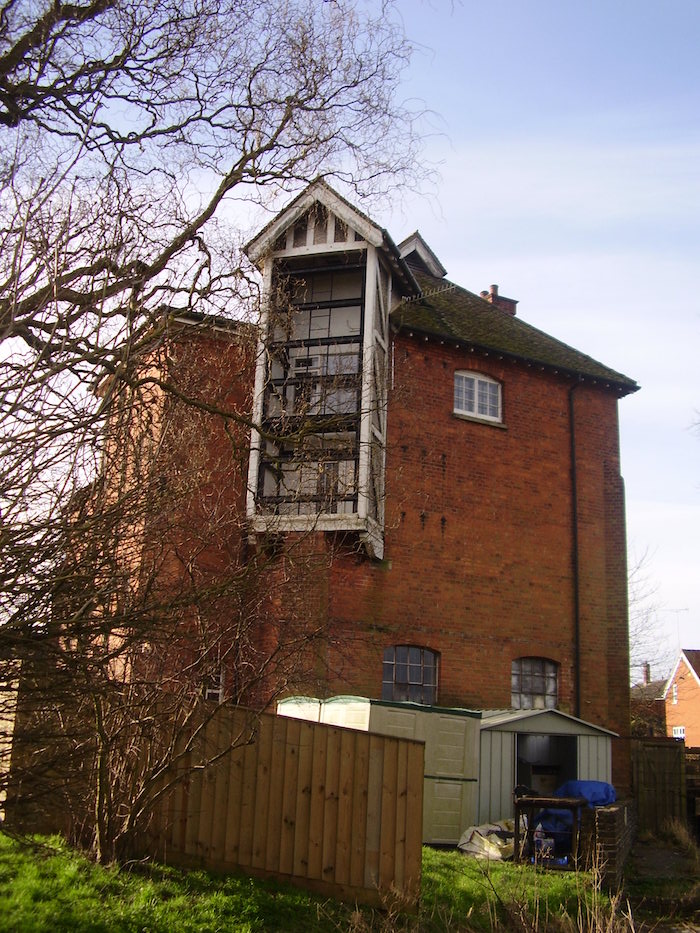
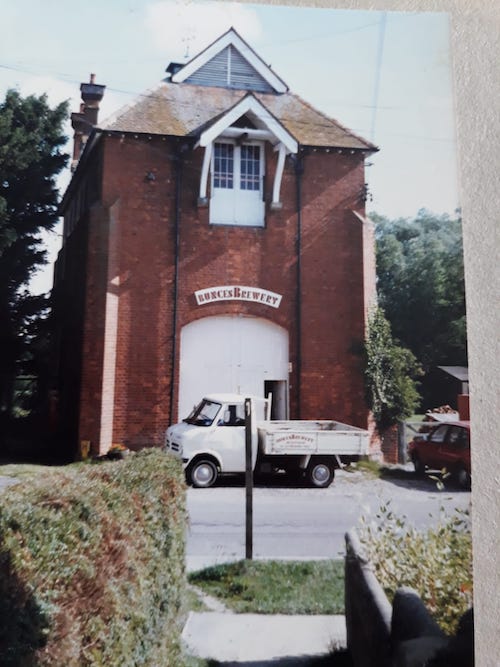
C20th History
Milling continued at least until 1911. In 1913, as part of the military takeover of the village properties the mill became part of the lease from the War Department to Herbert Sheppard of the farm formerly known as Newton Farm. His family of six children moved into the Mill House until 1920. Newton Farm became known as Mill Farm until it was compulsorily purchased in 1974 to provide the site for the new primary school. The connection of the farm to the mill very soon ended however with the onset of the Great War.
In 1914 electricity was needed at the Airfield Camp and so the mill buildings were demolished to make way for a water powered turbine in the new brick structure. The (direct current) wires were fixed at the top of the building facing the camp.
We don’t know for how long electricity was produced from the mill but there is evidence of its many uses since World War Two. Dances were held there, and for a while (in the 50s and 60s) it housed a boxing club. It was a popular swimming facility throughout the period, in the deep water next to the mill and for paddling in the river nearby. Sadly two little children lost their lives there, Graham Carr and Andrew Smith.
In the late 1970s the mill became a fibreglass factory run by Mitchenalls of Durrington. It was finally sold by the MOD (Ministry of Defence) in 1983 and became Bunce’s Brewery in 1984. In 1993 it was sold to Danish brewer Stig Anker Andersen and began producing “Stonehenge Ales”. One of their beers is called “Great Bustard” to celebrate the re-introduction of this large bird onto Salisbury Plain, thus firmly rooting the business into the local landscape! They supply their beers and also Stonehenge Spring Water to the Stonehenge Visitor Centre.
